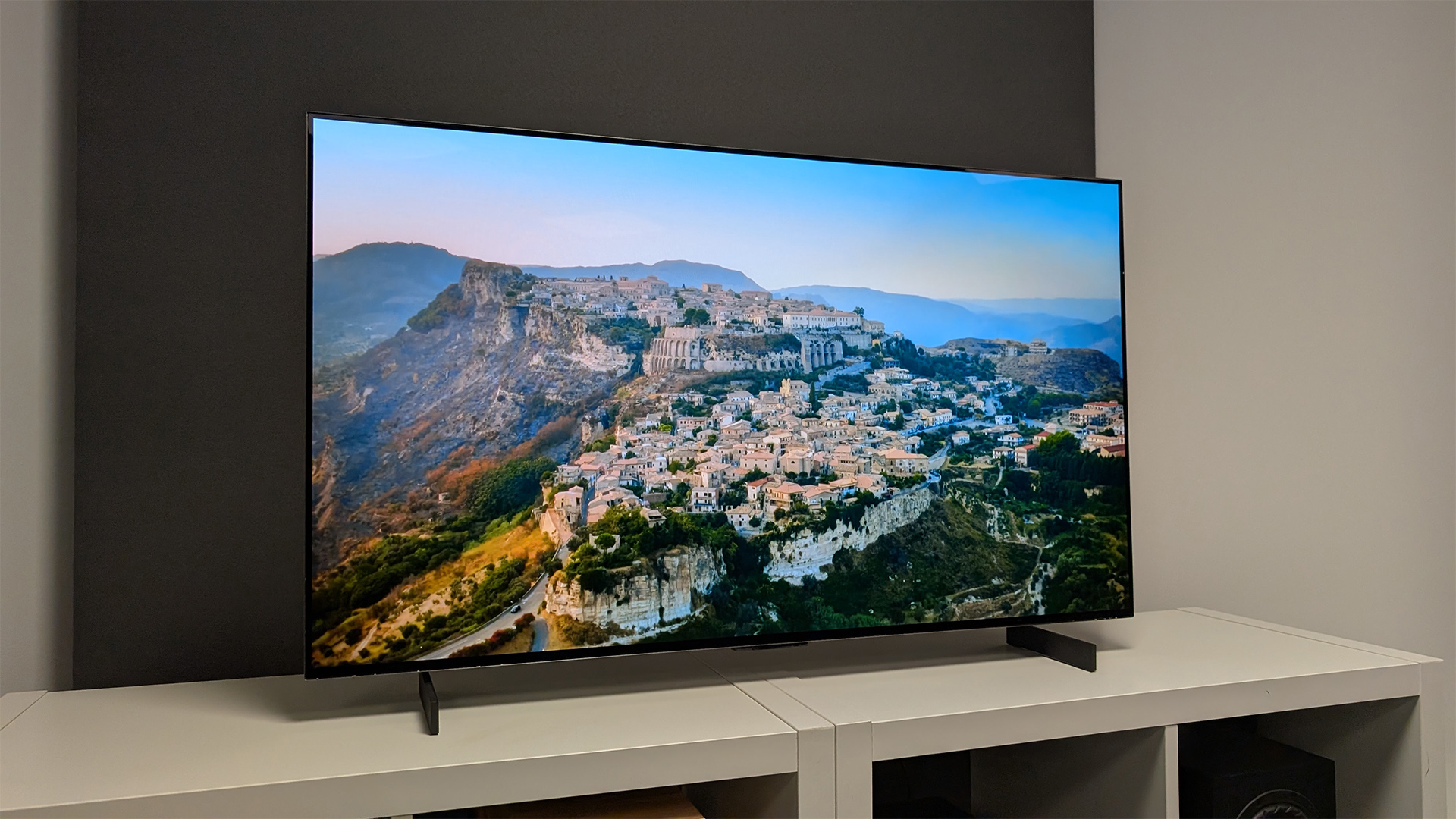Focus in focus: why Dynaudio revamped its active range
Introducing the new Focus range
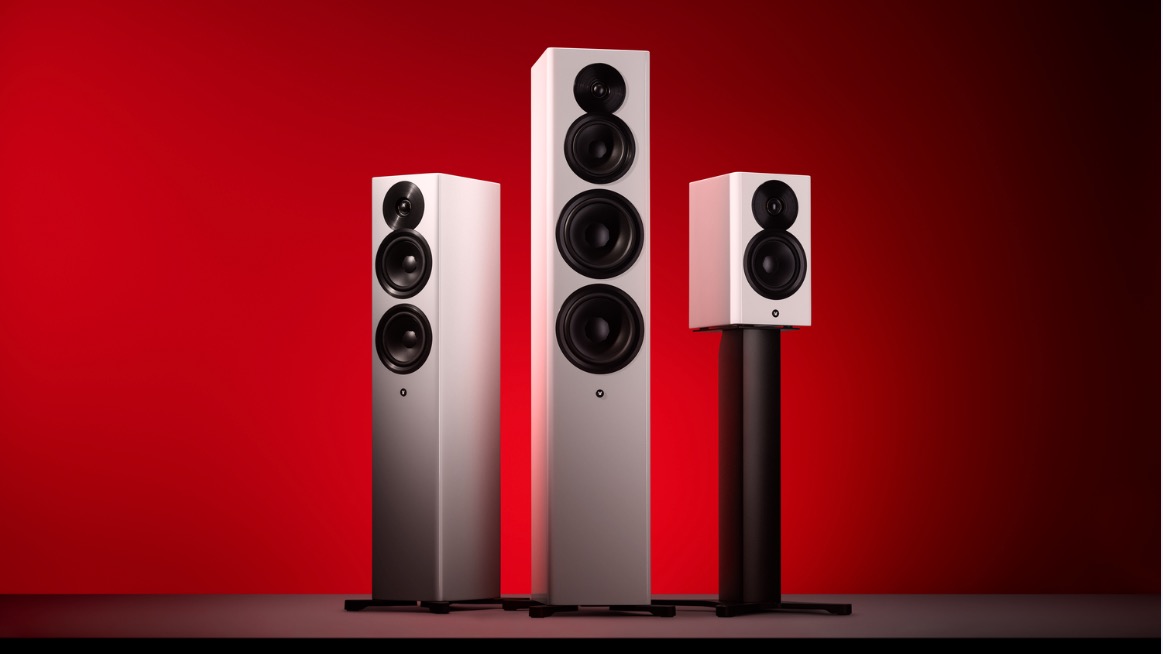
The thrill of the chase is an intoxicating thing where hi-fi is concerned. If you buy a new source, you might want to try a new amp. If you’re buying a new amp, you might want to check out some new speaker cables or interconnects. And then, well, in for a penny: it’s time to audition some new speakers. (Then a shiny new DAC catches your eye…)
We’ve all been there.
But tone-chasing isn’t for everyone. It can soon snowball into a lot of time, a lot of money, a lot of auditioning, a lot of eBay-based heartbreak… and a lot of dead-ends.
So what to do if you want genuine hi-fi sound without using up all your spare time (and savings)? Dynaudio has the answer.
Back in 2014 the Danish loudspeaker legend released its Focus XD series – a range of active wireless speakers that did away with the need for external amps. You hooked up your sources either directly to one of the speakers or to an external Connect box, and they did the rest sans cables. Because each individual drive-unit had its own amplifier, the company’s engineers were able to tune things to the nth degree – which, in turn, took the trial-and-error out of system-pairing.
But eight years is a long time in hi-fi. And it’s an epoch when it comes to digital hi-fi. That’s why, when the world fell silent over the past couple of years, Dynaudio’s R&D boffins were busy cooking up Focus XD’s successor – simply called ‘Focus’.
The name has shrunk. The feature-list has done anything but…
Simplicity from complexity
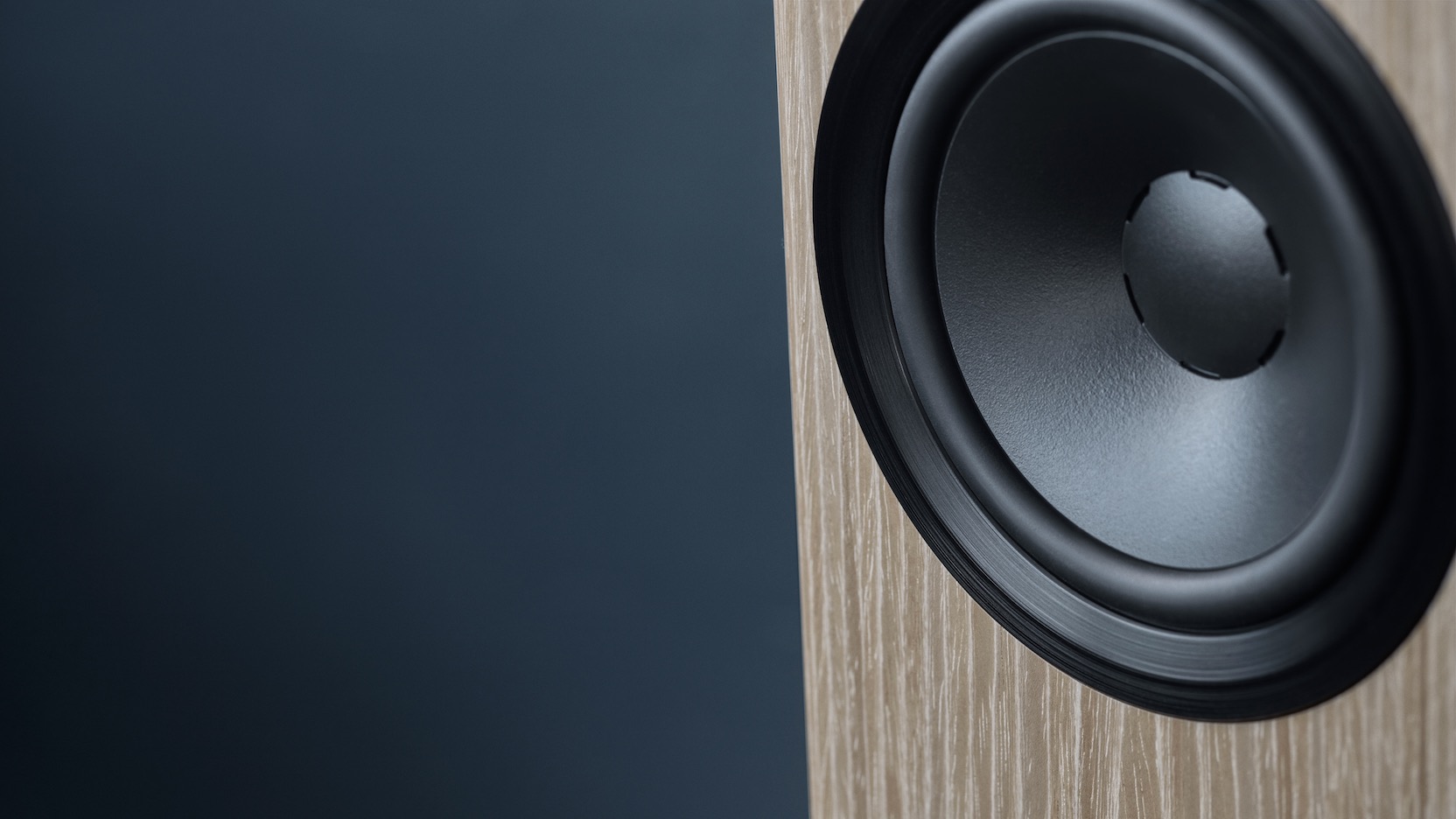
“There are thousands of ways to listen to music, but how many of them actually make you want to listen to it?” asks Otto Jørgensen of Dynaudio Academy.
That, he says, is the key to what the company wanted to achieve with Focus; the holy grail of audiophile-quality sound paired with consumer convenience. “In everyday life, you just select your music app, select the speakers you want to play through, then start playing music – and that’s what Focus does. You don’t really have to think about all the technology that’s behind it,” he says.
These days, he points out, many manufacturers typically end up deciding between passive speakers (where there’s a lot of emotion going into the design, tuning and building) and a class of digital speakers that are easy to use and very advanced, but which don’t lavish the same attention on the emotional part of listening.
Dynaudio’s passive ranges aren’t short on emotion – or praise, as a look at the Awards section of this website will show. Decades of driver-development (including the company’s proprietary MSP diaphragm material, soft-dome tweeters and clever Hexis inner-dome tech) mean that same accuracy, clarity and poise come through as clear as day on this new series.
“Focus combines those two things,” Jørgenson goes on. “And it’s mainly because we took all of that emotion that we build into our passive speakers, and asked ‘what if we take that same attention to detail and put it into the amplifiers as well?’.” There’s no denying that it gives the new Focus a unique position: you get the usability of a digital system, combined with a level of performance that you don’t normally see in active set-ups.
Jens Lynge Petersen, Dynaudio’s Chief Technology Officer, is adamant that the acoustic side is the bedrock; it’s an obligation for the company (“It has to be good. It’s what we live off”). But that also means the rest of the user-experience has to be able to live up to the sonic performance.
But speaking of tech…
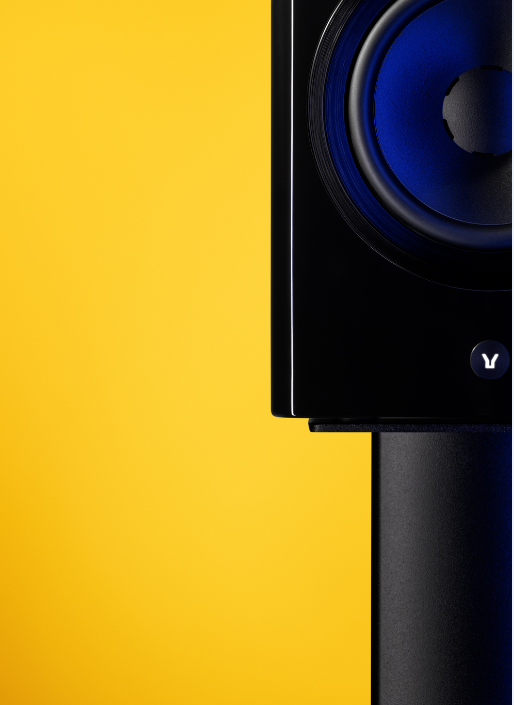
“We’re looking at maybe the most complex speaker that Dynaudio has ever made,” says Petersen. “It’s a full-blown streaming machine; all the newest technology based on the Stream Unlimited platform; the best amplifiers from Pascal; an upgradeable architecture [developed in-house]. I think we have a unique speaker here, and it’s going to set a standard.”
Those words might seem a little bullish, perhaps, but a deeper dive into the specs shows them to be right on the money. There’s a royal flush of streaming services baked in, for a start: Spotify Connect, Tidal Connect, Apple AirPlay 2 and Roon are all present and correct. There’s internet radio, of course. And Bluetooth. And podcast support. And a bunch of physical inputs for users with existing outboard kit. And WiSA tech for connecting wirelessly to compatible TVs or transmitters. And… well, you get the picture.
Dynaudio says that if it’s been digitised, you can play it wirelessly – and if you have the appropriate connector (or adapter), you can plug it in. Which really doesn’t leave any stone unturned when it comes to listening to either digital or analogue sources.
And that’s just the source-support. Jørgensen is keen to point out that Focus also uses the same type of amplification as Dynaudio’s flagship Core studio-reference monitors. “It doesn’t matter what type of music you’re listening to. You can feel that the speaker is always able to handle what you’re throwing at it. In the studio, you’re working all day, listening to music, so it needs to be a stress-free experience.”
So, he points out, why not have that at home? The basic technologies Dynaudio uses in Focus are extremely similar to what the company uses in all of its high-end studio monitors. Only this time, Jørgensen says, they’re packaging it all in a way that you’d want to use at home, and designing it in a way that fits in your living room.
There’s enough headroom in the amps to ensure that they’ll never clip, he adds. There’s even a sliding high-pass filter on board which rolls off lower frequencies as the volume increases, meaning you can’t damage the drivers either. It means even the smallest model in the range, Focus 10, can play down to truly trouser-flapping depths. It’s usable volume, and usable bass without the need for external subwoofers (unless you want to; there’s an output for that, too).
That’s not to say that everything was smooth-sailing during development, however. Petersen laughs ruefully at the thought: “There were hiccups, for sure. We had to delay things – but it’s better to delay than risk making a mistake in the market. In the last phase of development, actually, we had to change chipsets – which was a huge setback.” It turns out that a major Japanese chip-supplier’s factory burned down, affecting not just Dynaudio but many other companies around the world. Not ideal when you’re designing a flagship product.
But Petersen and his team weren’t deterred, because they knew they were on to something special. “I think we’re on a level that Dynaudio has never been at before, quality-wise,” he says.
No more system-chasing
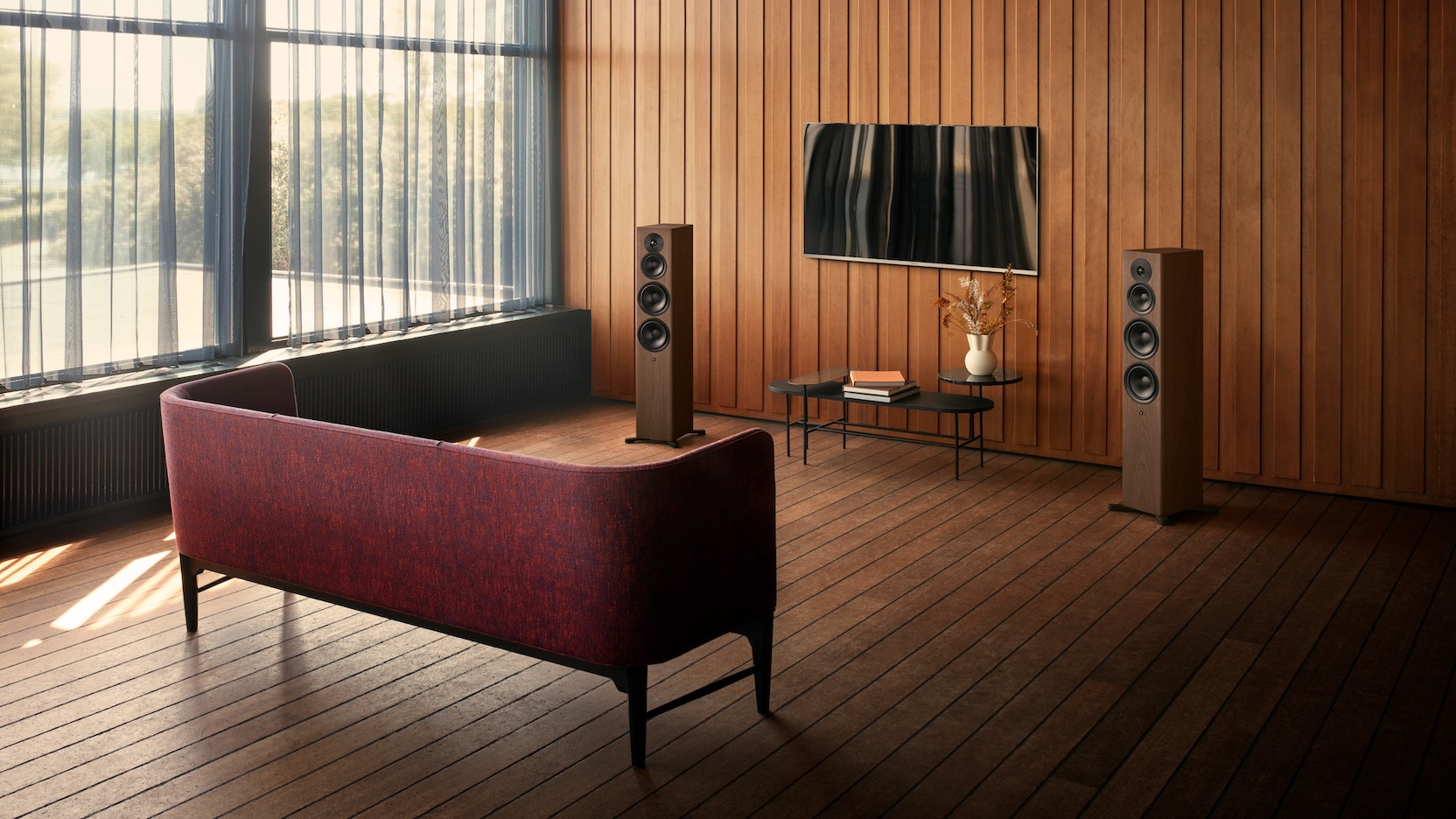
The company conducted months of testing both in- and out-of-house, refining not only the sound-tuning but the app experience, set-up procedure and more. All those little detailed touches. Even the grilles are smart, says Jørgensen. All grilles will affect performance a little bit, so Focus changes its EQ to compensate for having the grille in front of the drivers – it senses when they’re installed or not. Nice touch.
Both men point out that it all comes down to the ‘human’ side. Whether that’s how an app performs to get the speakers up and running, little design tweaks to put a smile on the owner’s face, or even just the knowledge that they’re getting 45 years’ worth of tuning knowhow in the speaker drivers and (virtual) crossovers, they stress that the most important part is the musical side.
Focus is designed to bring amazing sound quality not only to die-hard audiophile types, but also to those who might never have experienced what ‘good’ sounds like in their living room, beyond a one-box system or larger Bluetooth speaker. And it’s designed to do it as easily, elegantly and seamlessly as possible.
“I love passive speakers and I love big amplifiers and cables and so on,” says Petersen. “There will always be a market for guys like me. But some people haven’t grown up with a hi-fi in their house. They don’t know what it is. We need to be ready to adapt to these trends.”
Jørgensen agrees: “We’ve been making high-quality sound since 1977. That’s relatively standard for us to do. I won’t say it’s easy, but it’s standard. But we need to put it into a speaker that everyday customers can use. It has to be simple to live with.
“I’ve helped to build speakers in some very, very high price categories. I’m used to hearing sound-quality at a very high level. I work with sound every day… and Focus still makes me want to listen to music when I come home.”
Now you know the ‘why’ of Focus, you can find out more about the ‘what’ over at www.dynaudio.com/focus. There’s information on driver technology, set-up and design – plus a series of ‘how-to’ videos that might help when you book a demo at your local dealer.
The latest hi-fi, home cinema and tech news, reviews, buying advice and deals, direct to your inbox.
What Hi-Fi?, founded in 1976, is the world's leading independent guide to buying and owning hi-fi and home entertainment products. Our comprehensive tests help you buy the very best for your money, with our advice sections giving you step-by-step information on how to get even more from your music and movies. Everything is tested by our dedicated team of in-house reviewers in our custom-built test rooms in London, Reading and Bath. Our coveted five-star rating and Awards are recognised all over the world as the ultimate seal of approval, so you can buy with absolute confidence.

